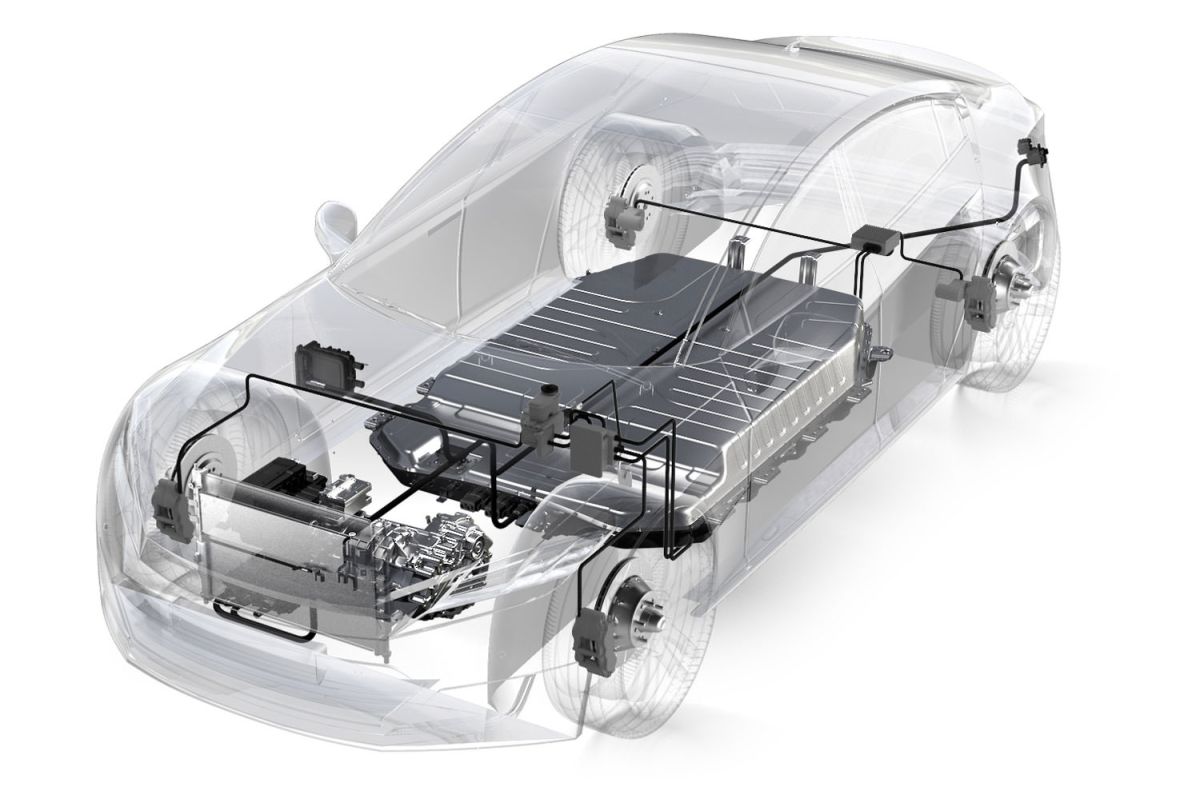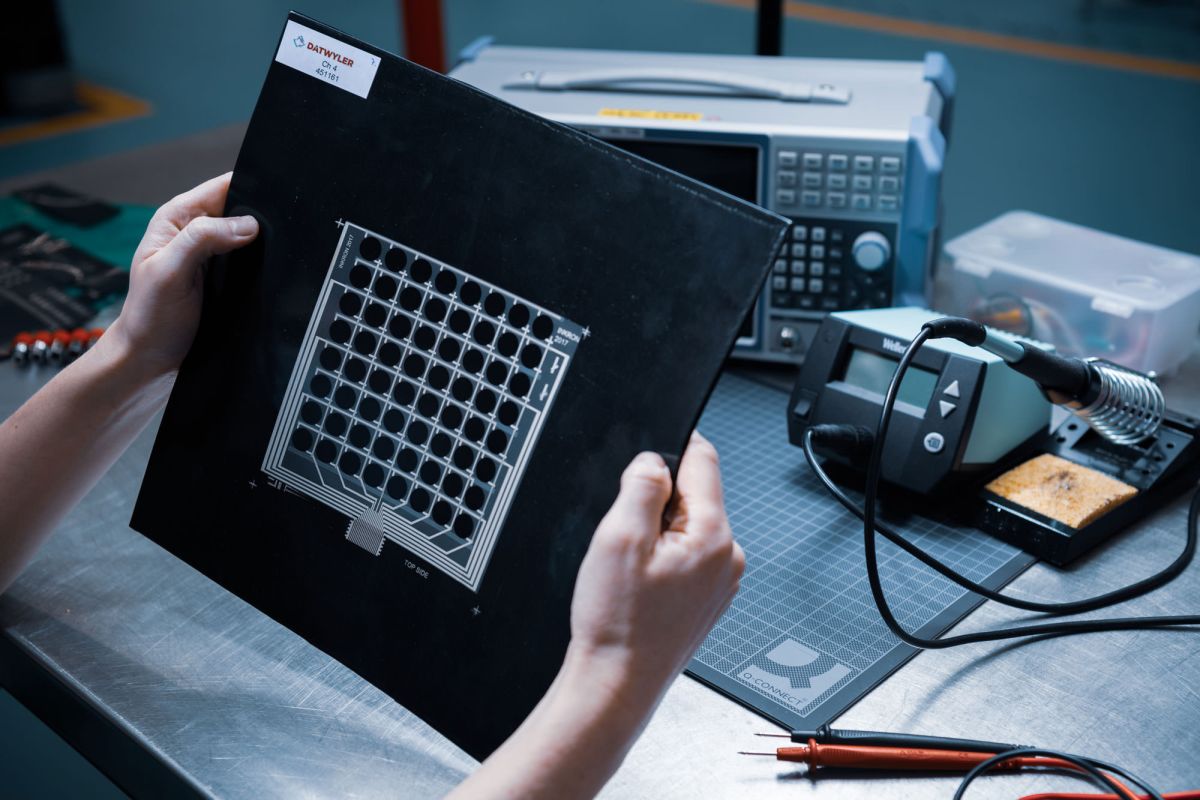At present, trends suggest that electrification will be the ultimate road down which we travel, but technologies such as the hydrogen fuel cell, synthetic fuels, or hydrogen used in HICEV’s (hydrogen internal combustion engine vehicle) are credible options that have not been ruled out yet. The ultimate aim is a sustainable mobility industry that is as close to carbon neutral as possible, and we as component suppliers have a huge supporting role to play across all credible technologies.
As the most advanced option, we have of course focused significant attention on EV (electric vehicle) batteries, and there are a number of areas we can influence to help manufacturers to create a more sustainable platform in terms of electrification. For example, how a battery is charged and the conditions in which it operates are critical to increasing its effective lifespan, and when optimized this could lead to a reduction in chemicals and their subsequent recycling requirements. To this end, we are focusing on controlling and helping to extend the life of batteries and battery cells through the implementation of very precise and cost-effective monitoring solutions based on what we call ‘smart rubber’.
Smart sensors, either embedded within the elastomer compound or printed directly on its surface, can monitor a wide range of parameters relating to battery behavior, providing data to manufacturers that is invaluable to further develop the technology in terms of the chemistry of the cells, how they react to charging procedures, and how they ultimately contribute to the operation of the vehicle. The elastomers can also add value through the ability to conduct electricity, thermal energy, and even to shield certain areas from electromagnetic signals – all of this in addition to providing the very highest levels of seal integrity.
Datwyler’s Advanced Technologies team is pioneering a number of integrated and printed electronics technologies, leveraging its enhanced capabilities in terms of material testing and analysis. Projects are designed to be future-oriented in order to best support the advancement of new mobility solutions, and focus on areas such as, printed and integrated electronic components and electroactive polymers. Compounds with these additional functionalities will add significant value in terms of data capture and analysis, and also to the safety of the vehicle and its users overall.
For example, sensor-active, smart sealing solutions can help to monitor critical elements such as temperature – helping to predict instances of thermal runaway and thermal propagation, for example, which have the potential to cause serious combustion hazards within battery electric vehicles. China's EV market continues to grow rapidly, which is why the country, as a global pioneer, initiated three mandatory safety regulations on January 1, 2021. One of these is the Electrical Vehicle Traction Battery Safety Requirements (GB 38031-2020) regulation, which entails a five-minute advance window for the occupants of a vehicle to vacate the interior ahead of a thermal runaway event. Smart elastomers are able to deliver such a requirement in addition to the aforementioned day-to-day benefits.
Ultimately, battery electric vehicles are capable of being a carbon efficient mode of transport if the energy sources required for their operation are considered to be renewable. In addition, with the implementation of components such as sensor-active elastomer compounds, the industry can not only learn and improve elements such as the battery itself, but also contribute to a safer more sustainable mobility sector going forward.


